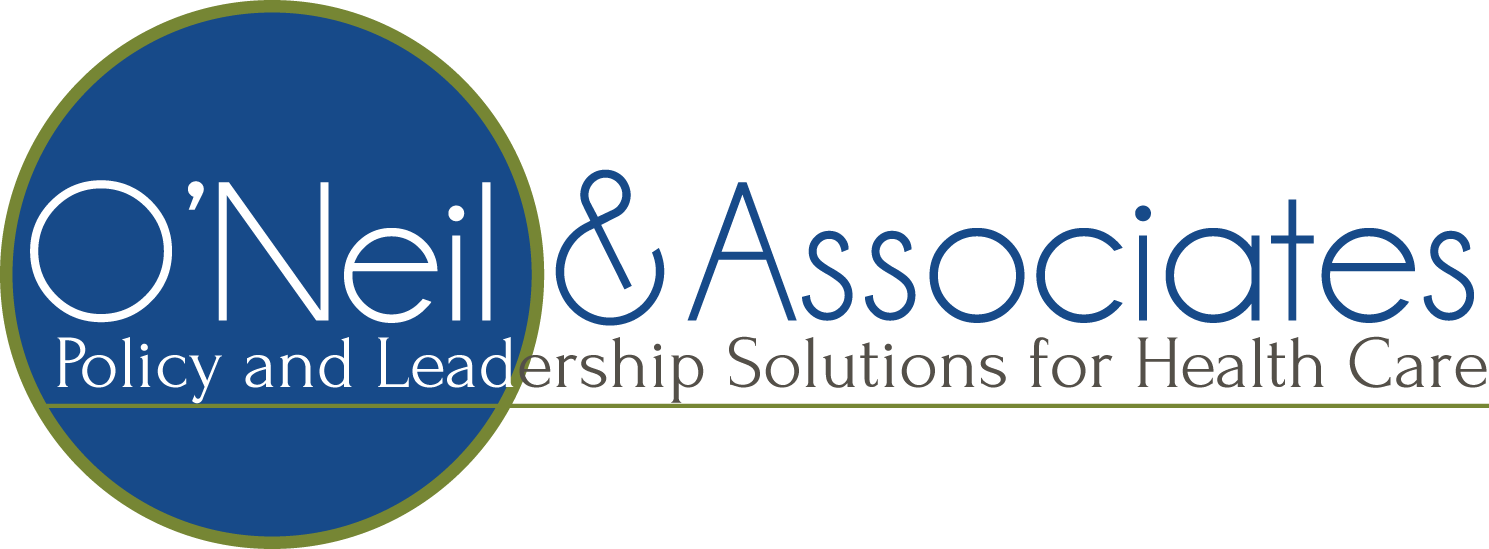The concept of American exceptionalism, the notion that a distinctive set of values and practices have served the nation well for over 200 hundred years, is a powerful part of our success as a nation and a people, is a deep-seated part of our culture and curiously has appeal to both sides of the political aisle. However, the parties’ ideologues do see the pathway to enhancing that exceptionalism in very different ways. This broad cultural characteristic is a composite of many different and sometimes even conflicting qualities. It includes individual responsibility, entrepreneurship, community action, innovation, pragmaticism, compromise, diversity, and a trust in the wisdom of the common citizen. There is not much in our cultural past, the rhetoric of current politics or our aspirations for the future that do not play on the belief set that makes up American exceptionalism. And these values and abilities are essential to making the health care reform come to meaningful life over the next decade.
Let me begin by restating the problem faced by the reform and the work that must be done to bring the reform to life. We spend too much on health care; in fact we spend so much that it alone is endangering the long term prospects of our society’s success. The peculiar way our approach to care and its finance has evolved leaves us with a system that costs about one-third more than any other nation to provide services. While we have a different emphasis on what we buy, there are few that argue that our approach is superior in terms of access or quality. If the primary focus of the reform is to reduce the cost of care while keeping the quality relatively constant there are three clear choices.
The first option is that we can continue to build out our very expensive high end approach to health care with an emphasis on expensive tertiary care and more severely limit access to these resources. But even as the most expensive system per capita today, Americans see the doctor less often and spend fewer days in the hospital than the citizens of most of the countries we would compare ourselves to. This lack of utilization does not come about because we are healthier and need fewer resources but is a by-product of both public and private insurers trying to keep us out of expensive institutions. Very few politicians want to advocate for reducing utilization, least they be pegged as a “granny killer”. This will not be an attractive option for the reform to follow.
The second option is just the reverse of the first. All of the inputs to the US health care system – a hospital bed day, prescription, physician visit, MRI scan - are more expensive than comparable inputs in other countries. Some estimates are that the premium we pay may be as high as 30 or even 40 percent. Through consolidated purchasing the reform could become the vehicle for reducing these payments for professional time, physical inputs and hospital costs. Inevitably lower fees will be paid, but the prospect that all of the cost savings needed could be taken out while providing essentially the same service, but paying dramatically less, seems far fetched.
So consumers won’t want to pay more or have their access restricted and providers will shun efforts to reduce payments. While some of each of these adjustments will be necessary neither, separate or alone, will be a sustainable way to actually take the 25 percent out of US health care expenditures that will be needed over the next fifteen years if there is to be any hope of having budgets balanced at the state or federal levels. This is a job for American exceptionalism.
The nation does not need to cut access to or reduce payment for our current model of health care; we need a new model. The reform provides a broad context for the changes that are needed and some powerful policy drivers to push in the direction of the needed changes, but it leaves undone many of the strategic directions and the particulars as to how practices, hospitals, purchasers, consumers, insurers, states, regions and providers of all stripes fit into the future. It is safe to say that just improving on what we have or fixing it up a little bit is not adequate to the task. The nation needs bold experiments that can rearrange the great health care resources that we possess. These experiments need to blend market and policy drivers together to produce hybrids of service and experimentation, much like charter schools are providing in education reform. The experiments also need to break through conventional wisdom about consumer preference and begin to offer real alternatives to the profession driven offerings of the past. Walmart’s efforts in primary care and generic drugs probably don’t offer all of the answers, but they offer some new answers that need to be explored. The embrace of information technology needs to do more than speed up existing health care processes. This technology moves knowledge around to new vendors and users to drive the engagement of the patient as consumer. This can tear down the walls between professions which prevent knowledge from being widely and productively used to create better and cheaper approaches to care. In these experiments and others we need to use a reformed financing system to describe what we need as outcomes, both cost and quality, and pay for those that can meet these goals.
The promise of American exceptionalism is that through individual and community effort, market and informed public policy we have always built a distinctive approach to society that works. We will need every scrap of this inventiveness to be successful in this greatest of challenges.
